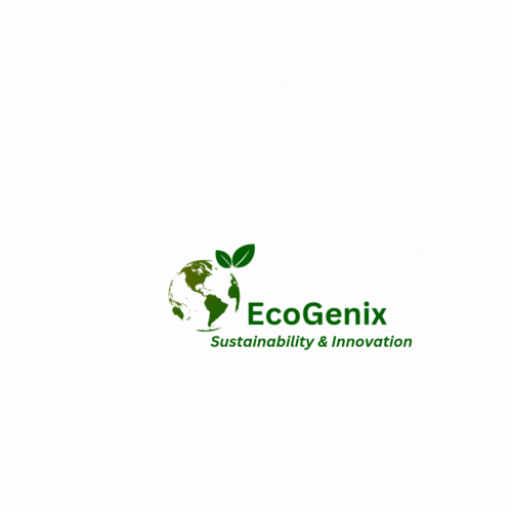Introduction:
Food security remains a global challenge, with millions of people around the world still suffering from hunger and malnutrition. Addressing this issue requires a comprehensive approach that includes enhancing food and agricultural policies. By implementing effective measures, governments can ensure sufficient and sustainable food production, improve access to nutritious food, and mitigate the risks of food insecurity. This article explores key areas where food and agricultural policies can be enhanced to enhance food security, providing an analysis of current policies and potential improvements.
Sustainable Agricultural Practices:
Current Situation: Many agricultural practices contribute to environmental degradation, such as excessive use of chemical inputs, deforestation, and unsustainable irrigation methods. These practices can lead to soil degradation, water scarcity, and loss of biodiversity, ultimately affecting food production.
Improvements:
a) Promoting agroecology: Governments can incentivize farmers to adopt sustainable agricultural practices that minimize the use of chemical inputs, preserve soil fertility, and promote biodiversity. This can be done through financial support, technical assistance, and training programs.
b) Precision agriculture: Encouraging the use of precision farming technologies, such as remote sensing, drones, and data analytics, can optimize resource utilization, minimize waste, and increase yields. These technologies enable farmers to make informed decisions regarding fertilizer application, irrigation, and pest management.
Investment in Rural Infrastructure:
Current Situation: Insufficient infrastructure in rural areas hampers agricultural productivity and market access. Inadequate storage facilities, transportation networks, and market information systems lead to post-harvest losses, limited market opportunities, and reduced profitability for farmers.
Improvements:
a) Storage and processing facilities: Governments should invest in the construction and maintenance of modern storage and processing facilities to minimize post-harvest losses. These facilities can include warehouses, cold storage units, and food processing plants, enabling farmers to store and add value to their produce.
b) Rural transportation networks: Improving rural transportation infrastructure, including roads and bridges, reduces transportation costs and facilitates the timely movement of agricultural goods from farms to markets. This enhances farmers’ access to markets and reduces post-harvest losses.
c) Market information systems: Governments can establish and strengthen market information systems that provide timely and accurate data on prices, demand trends, and market opportunities. Access to such information empowers farmers to make informed decisions about crop selection, production levels, and marketing strategies.
- Strengthening Social Safety Nets:
- Current Situation: Vulnerable populations, such as small-scale farmers, women, and children, often face challenges in accessing adequate and nutritious food. Economic shocks, climate change, and other emergencies exacerbate these vulnerabilities.
Improvements:
a) Targeted social protection programs: Governments should design and implement social safety nets that specifically target vulnerable groups. These programs can include conditional cash transfers, school feeding programs, and nutrition interventions, ensuring access to food and promoting good nutrition.
b) Climate risk management: Integrating climate change adaptation and risk management into social safety net programs can help communities cope with climate-related shocks. This may involve providing insurance coverage for farmers, promoting climate-smart agricultural practices, and supporting the diversification of livelihoods.
- Support for Small-scale Farmers:
- Current Situation: Small-scale farmers constitute a significant proportion of the agricultural workforce, yet they often lack access to resources, markets, and information. This hinders their productivity and ability to contribute to food security.
Improvements:
a) Access to finance: Governments can establish financial mechanisms, such as microcredit programs and agricultural loan facilities, to provide affordable credit to small-scale farmers. This enables them to invest in inputs, machinery, and technologies that enhance productivity and resilience.
b) Farmer cooperatives: Promoting the formation and strengthening of farmer cooperatives enables small-scale farmers to pool resources, access markets collectively, and negotiate better prices for their produce. Cooperative models can also facilitate knowledge sharing and capacity building among farmers.
c) Extension services: Strengthening agricultural extension services ensures that small-scale farmers have access to the latest research, best practices, and technical advice. This empowers farmers to adopt innovative techniques, improve productivity, and adapt to changing conditions.
Conclusion:
Enhancing food and agricultural policies is crucial for improving food security. By promoting sustainable agricultural practices, investing in rural infrastructure, strengthening social safety nets, and supporting small-scale farmers, governments can create a more resilient and inclusive food system. Collaboration among stakeholders, including governments, farmers, researchers, and civil society, is essential to implement these improvements and ensure a sustainable future where everyone has access to safe, nutritious, and affordable food.
ARTICLE BY: WAYNE TOTA
Food Security and Climate Change
waynetota9@gmail.com
0601133196239
Visit for more articles:
https://sites.google.com/view/foodsecure-sustain-agriclimate/home.

Leave a Reply